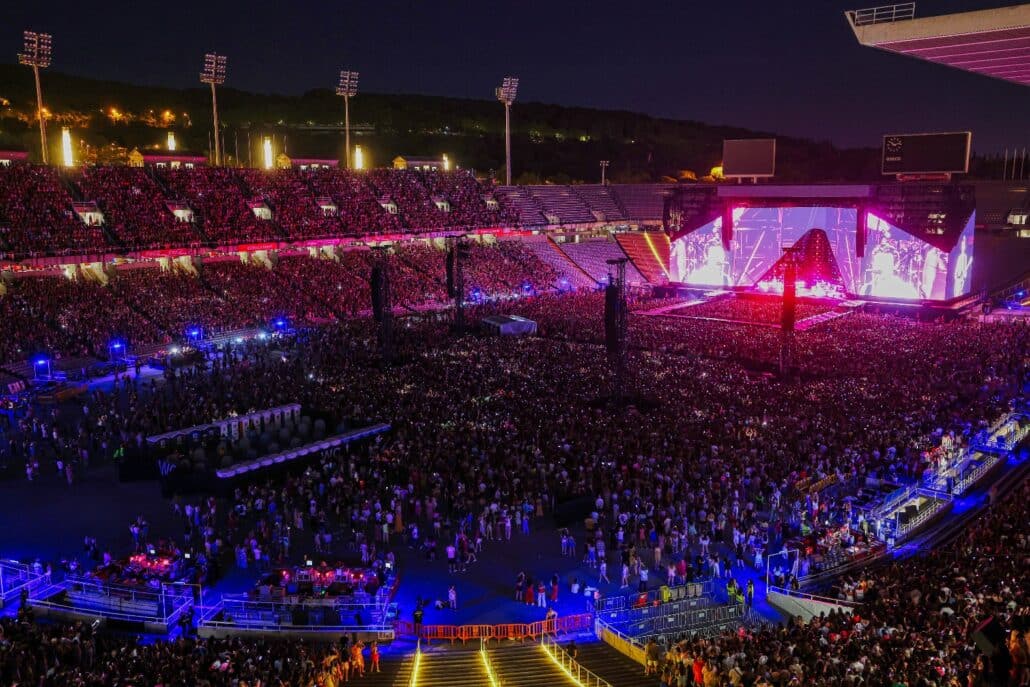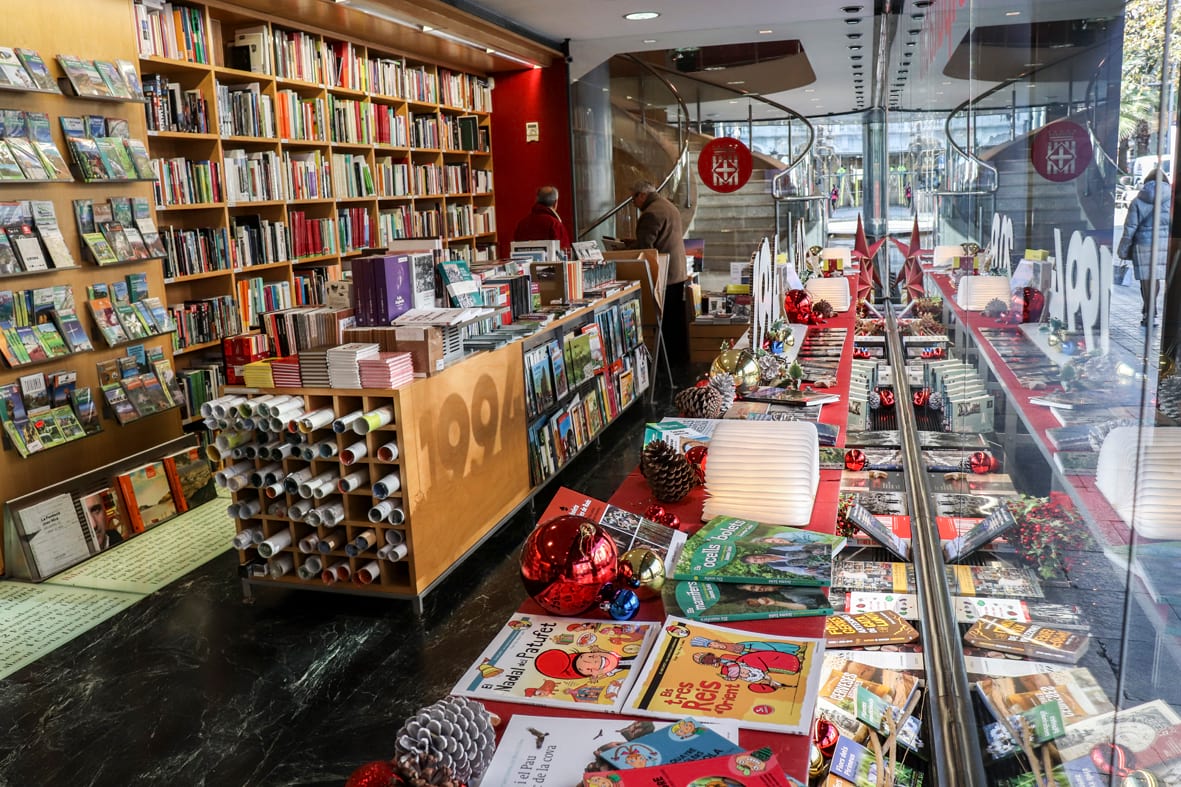Barcelona’s Olympic ring is a place whose history and relevance make it a magnet for events and tourists from all over the world. Located in the Montjuïc area, this zone was the epicenter of the 1992 Olympic Games, but its legacy goes far beyond that memorable summer. This article offers a tour of its corners, current activities and the impact it has had on the city since then.
 An Olympic legacy in Montjuïc
An Olympic legacy in Montjuïc
Perched atop the mountain of Montjuïc, the Olympic ring extends with a majesty that does not go unnoticed. It was designed to be the heart of the most important sporting event on the planet in 1992 and still retains that vibrant essence. But what makes this place so attractive? The answer lies in its unique infrastructure. Here is the Lluís Companys Olympic Stadium, which was the main venue for the games, hosting everything from athletics events to the spectacular opening and closing ceremonies. Today, this stadium remains a prime venue for major concerts and sporting events, attracting locals and tourists alike.
Olympic ring attractions
In addition to the stadium, the Olympic ring includes other points of interest that continue to capture the attention of visitors to Barcelona. The Palau Sant Jordi, for example, designed by the prestigious Japanese architect Arata Isozaki, has become a benchmark for concerts and high-caliber events due to its excellent acoustics and capacity. The Montjuïc Telecommunications Tower, designed by Santiago Calatrava, is another highlight. This imposing structure is striking not only for its futuristic design, but also for its carefully calculated inclination – a feature that symbolically represents an athlete holding the Olympic fire.
A cultural and sports center of the present
The Olympic ring has become one of the most lively and multifaceted centers of Barcelona. It is no longer just an Olympic souvenir; it is a cultural and sporting hub that continues to host events of all kinds. Athletics competitions are held, with local and international meets. In addition, the Palau Sant Jordi is an obligatory stop for international music tours, establishing itself as one of the most respected venues in Europe. These events transform the ring into a hive of activity and energy, constantly rejuvenating the area.
Tourist and economic impact on Barcelona
Barcelona has capitalized on the legacy of the 1992 Olympic Games in an exceptional way, and the Olympic ring is a crucial part of this equation. Not only has it become a permanent attraction, but it also contributes significantly to tourism and the local economy. More than five million tourists visit the Olympic Ring annually, eager to see its iconic structures and attend one or more events. The economic impact is notorious, as hotels, restaurants and stores in the area benefit from this constant influx of visitors.
The Olympic ring and sustainability
In a world where sustainability has become a central issue, Barcelona’s Olympic ring also plays an important role. Several initiatives have been implemented to reduce its environmental impact and encourage responsible use of the facilities. Although there is still room for improvement, these steps are a testament to Barcelona’s commitment to a more sustainable future. In short, Barcelona’s Olympic ring is much more than a reminder of the 1992 Olympic Games. It is a constantly evolving cultural and sporting center, which continues to attract millions of visitors and generate significant revenue for the city. With an unparalleled range of events and a stunning visual environment, this venue remains, without doubt, one of the most iconic spots in the Catalan capital.



